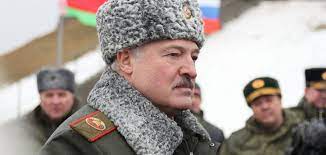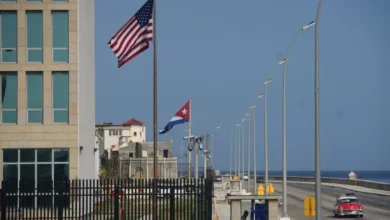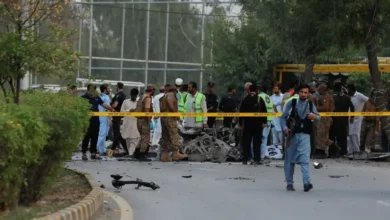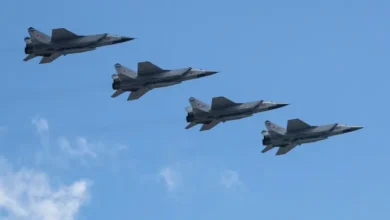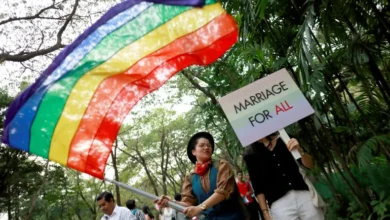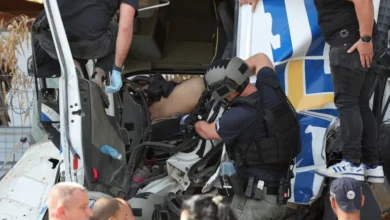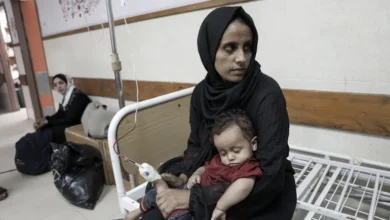Displacement, death, hunger as Israel’s war on Gaza enters third month
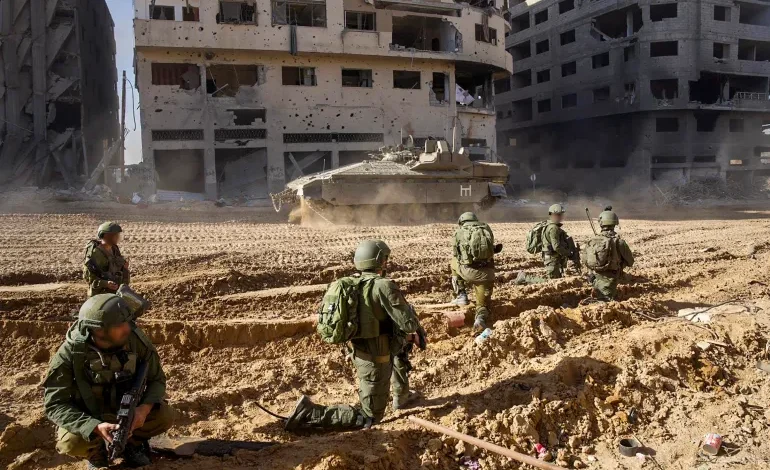
Fighting has escalated in Gaza’s second-largest city of Khan Younis as Israeli air strikes rain down throughout the enclave, forcing Palestinians to flee to increasingly crammed pockets of the territory’s southern edge where there is no promised security, as the war enters its third month.
The Israeli army “ordered with a threatening tone to move to Rafah because it is safe”, he said, but residential homes “were destroyed”.
“[These strikes] are not concentrated in one area of Rafah … multiple locations were targeted, just sending waves of fear and concern that confirm what people have talked about and expressed before – there is literally no safe place in the Gaza Strip, including the areas Israel designated as safe.”
After more than two months of war, starting on October 7, Mahmoud said that “the mood of these more than 60 days has been death, destruction and displacement”.
“We’re talking about more than 60 days of constant movement and running for their lives from one place to another, from the extreme northern part of the Gazan city of Beit Hanoon to the extreme south by Rafah, where many people are being packed and squeezed.”
‘Alarming levels of hunger’
The United Nations World Food Programme (WFP) said that households in northern Gaza are “experiencing alarming levels of hunger”.
At least 97 percent of households in northern Gaza have “inadequate food consumption”, with nine out of 10 people going one full day and night without food.
In the southern governorates, a third of the households have reported high levels of severe or very severe hunger, with 53 percent experiencing moderate hunger.
“Palestinians lack everything they need to survive,” Mahmoud said.
While pursuing its offensive in the south, Israeli armed forces have attacked several refugee camps, among them the Jabalia camp in the north and the al-Maghazi camp in the centre. The attack in Jabalia killed 22 relatives of Al Jazeera journalist Momin Alshrafi, including his father, mother, three siblings, and children.
According to the Palestinian Red Crescent Society, 60 percent of the wounded require urgent medical treatment abroad, pointing to the collapse of the health sector in Gaza.
“The occupation forces are deliberately arresting and abusing the sick and wounded, including paramedics from our crews, and we are on the cusp of a health and environmental catastrophe in the Strip,” a statement said.
When will it end?
As the death toll mounts amid the humanitarian catastrophe, US Secretary of State Antony Blinken told officials in Israel’s war cabinet last week that the administration of US President Joe Biden believed the war should end in weeks – not months, according to The Wall Street Journal,
Israeli officials, in turn, expressed an interest in a return to normalcy, especially in the interest of economic stability, but did not make any guarantees, the report said.
However, Israeli Prime Minister Benjamin Netanyahu has said Israel could indefinitely occupy part of the Gaza Strip to create a “buffer zone”, a move that would put him on a collision course with regional allies and the United States.
Conflicting reports have also emerged on whether Israeli troops have surrounded the house of Hamas’s leader in Gaza, Yahya Sinwar, in Khan Younis.
Late on Wednesday, Netanyahu said it was “just a matter of time until we get him” and that Israeli soldiers had encircled his house.
Yet, military spokesperson Daniel Hagari later said Sinwar’s home is the entire “Khan Younis area”, giving no indication that a specific location had been surrounded.
Three names top Israel’s most-wanted men, namely Mohammed Deif, the head of Hamas’s military wing, the Qassam Brigades; his second-in-command, Marwan Issa; and Sinwar.
